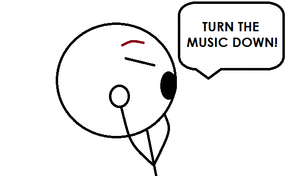Okay, so as you guys know sound waves are made of vibrations. They are mechanical waves, which means they need a medium to travel through. Sound waves travel at 344 meter p/s, so it takes a sound wave about a hundreth of second to get to our brain, using the process I will explain NOW:
Okay, so there are three parts of the ear. The outer ear, the middle ear, and the inner ear. I'll go over each.
THE OUTER EAR:
The outer ear is the visible part of the ear. You know the rim on your outer ear? It actually has a purpose. It catches sounds that are sent to your middle ear. Let's see what that is.
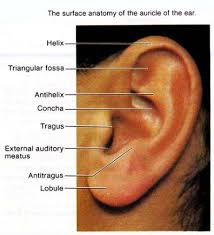
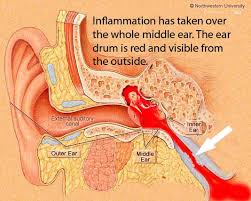
THE MIDDLE EAR:
This is where all the cool stuff happens. When the sounds go inside the ear, this thing called the ear drum (which works like and actual drum) makes these sounds you hear into vibrations by to be sent to the inner ear, which we'll take about next!
THE INNER EAR
In the inner ear there are cells with tiny little hairs on them. The vibrations your ears just made tickle the hairs and send signals through nerve fibers to the brain that then translates these into what we hear! This may be a very long process but it only takes about .01 of a second for it to happen!

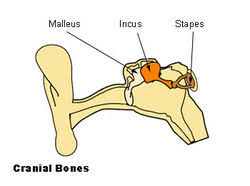
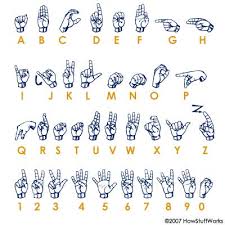


Next we are going to talk about three of our bodies smallest bones: the anvil, the hammer, and the stirrup. These bones are all in your ear. The hammer passes vibrations to the anvil. The anvil passes helps pass vibrations from the hammer to the stirrup, and the stirrup passes this to the cochlea, which is basically just the little hairy cells again :)
From left to right: Hammer, Anvil, and the Stirrup.
Hearing is part of the five senses, and we use our hearing alot. But imagine if we didn't have the ability to hear. Many people are this way, and it's also known as being deaf. Deaf people do have it very hard, and you can become deaf many ways. You can hear something to loud that may burst your eardrum, get an infection, or it may just be hereditary. But don't worry, deaf people have ways to communicate. They use sign language.
Sign language is a language used through hand movements and was created by... well, know one really knows. The first accounts of it were in the fifth century. Sign language is relatively easy to learn in my opinion, alot easier than Chinese or Arabic. Well, at least ASL, or american sign language is. Because we already speak english!
Well... that's it! Hope you guys enjoyed my blog!! SuperSaraSuperBye! Sorry for the short blog!
 |
| Good 'Ol Caroloke. She says happy almost leap day! |



